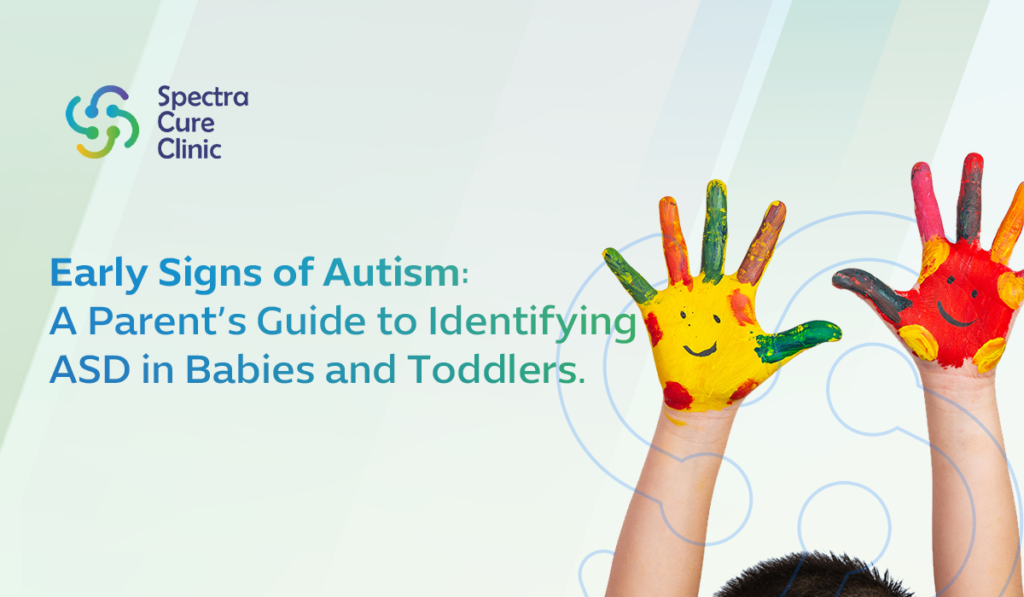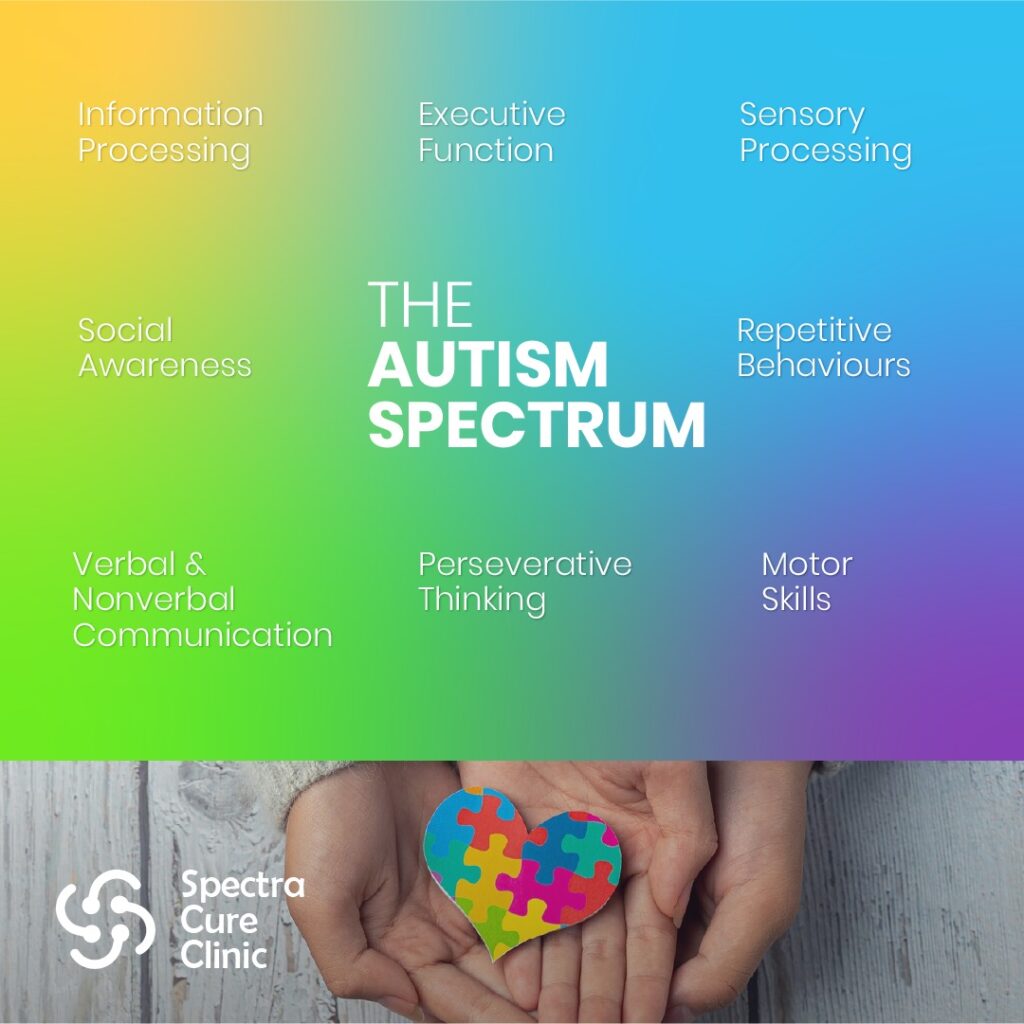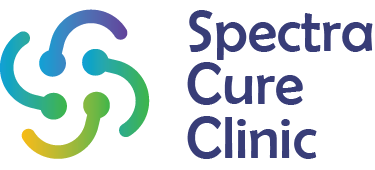
Early Signs of Autism: A Parent’s Guide to Identifying ASD
in Babies and Toddlers
ASD is typically diagnosed between 18 months and 3 years of age, although signs can appear
much earlier. Pediatricians and specialists rely on developmental screenings and
autism-specific behavioral evaluations to assess symptoms. Diagnosis allows access to
essential interventions, such as speech therapy, occupational therapy, and behavioral support,
which help children manage their symptoms and reach developmental milestones.Throughout
this article we will talk more about each age, early symptoms and more details.
Before we dig deep in the details, we will begin with summarized and shortened FAQs to
everyone interested to know about the spectrum of autism;
How early can you see signs of autism?
Early signs of autism can appear between 12 to 18 months, though a formal diagnosis is typically made between ages 2 and 3. Recognizing the early symptoms allows for more effective early interventions.What are early signs of autism in babies?
Early signs include limited eye contact, delays in social smiling, lack of response to their name, and delays in gesturing. These symptoms may signal developmental challenges that require further evaluation.Can autism be outgrown?
Autism is a lifelong condition. While it cannot be outgrown, early intervention and therapy can help children develop communication and social skills, significantly improving their quality of life.What is the most significant symptom of autism?
The most notable symptom of autism is difficulty with social communication and interaction. This is often accompanied by restricted or repetitive behaviors, such as hand-flapping, obsessive interests, or resistance to changes in routine.
Worth mentioning that early interventions for children with autism are crucial.
Programs such as speech therapy, applied behavior analysis (ABA), and occupational therapy
can greatly benefit young children, helping them build essential communication, social, and
motor skills. Early intervention has been shown to improve long-term outcomes for children
diagnosed with ASD. “Autism spectrum disorder”
Moving forward here are the details starting with Babies and the early signs that you must notice:
The National Institute of Neurological Disorders and Stroke (NINDS) cites four major “classic” symptoms that pediatricians often use to diagnose children with autism: poor communication skills, restricted interests, stimming and repetitive behaviors, and limited to no verbal skills.
However, these symptoms can be challenging to identify in small babies who have yet to reach
the age of talking or developing specific interests. As a result, many parents may not seek a
diagnosis until their child is older, potentially missing out on the crucial benefits of early
intervention.
So, what signs are visible in infants and toddlers that parents can look out for? It’s essential to
pay attention to social engagement; for instance, does your baby make eye contact or respond
to their name? Additionally, observe their reactions during playtime—do they engage with toys in
typical ways or show unique patterns of interaction? Early signs might include limited imitation of
actions or sounds from caregivers. Recognizing these early signs is vital; it opens the door for
timely support and resources that significantly enhance developmental outcomes for children on
the autism spectrum.
Signs of Autism in Infants (1 to 3 Months Old)
- Limited eye contact: Babies with autism may struggle with
maintaining eye contact, an early sign of social
communication difficulties. - Lack of social smiles: Most infants begin smiling socially by
around 2 months. If an infant does not smile in response to
social cues, it may indicate early signs of autism.
Signs of Autism at 4 to 6 Months Old
- Delayed or limited babbling: By 4 months, most infants
babble and coo. If your child is not making these early vocal
sounds, it could be a potential red flag. - Limited facial expressions: Babies at this stage typically
mirror facial expressions, but a child with autism may show
little emotional responsiveness.
Signs of Autism at 7 to 12 Months Old
- Not responding to their name: By 9 months, most babies
respond to their name when called. Failure to do so might
indicate a developmental delay. - Lack of interest in interactive play: Interactive games like
peek-a-boo are popular with babies around this age. If your

Signs of Autism in Toddlers
As children grow, the signs of autism become more evident, particularly in social communication and behavior.Signs of Autism in 1-Year-Olds
- Not pointing or gesturing: By the age of one, most children will point to objects or
gestures to communicate. A lack of these behaviors may indicate autism. - Absence of single words by 16 months: If a child has not started speaking by 16
months, this could be an early indicator of autism.
Signs of Autism from 1 to 2 Years Old
- Repetitive behaviors: Many toddlers with autism engage in repetitive actions like
hand-flapping, rocking, or spinning. These behaviors can provide comfort in uncertain
situations. - Difficulty understanding emotions: Toddlers with autism may struggle to interpret or
respond to the emotions of others, limiting social interactions.
Social Interaction and Communication Challenges (Across Ages)
Challenges with social interactions and communication are central symptoms of autism at every developmental stage.- Infants and Toddlers: In the earliest stages, babies may show little interest in social engagement, struggle to mimic expressions, and avoid eye contact. They may also have trouble responding to verbal cues or their name.
- Preschoolers (3 to 5 Years Old): As children grow, they may have difficulty making friends or understanding social cues. Limited imaginative play and a preference for solitary activities are common signs at this stage
Signs of Autism in Children (3 to 5 Years Old)
During the preschool years, signs of autism can become more distinct as the child’s social and communication challenges stand out compared to their peers.Signs of Autism in 4-Year-Olds
- Difficulty engaging in group play: A 4-year-old with autism may show little interest in playing with other children or joining group activities, preferring to play alone or engage in repetitive behaviors.
- Delayed language development: Speech delays often become more noticeable as children approach preschool age, with some children using fewer words or repeating the same phrases.
Social Interaction and Communication Challenges (3-5)
Preschoolers (3 to 5 Years Old): As children grow, they may have difficulty making friends or understanding social cues. Limited imaginative play and a preference for solitary activities are common signs at this stage.
Post Views: 1,371

